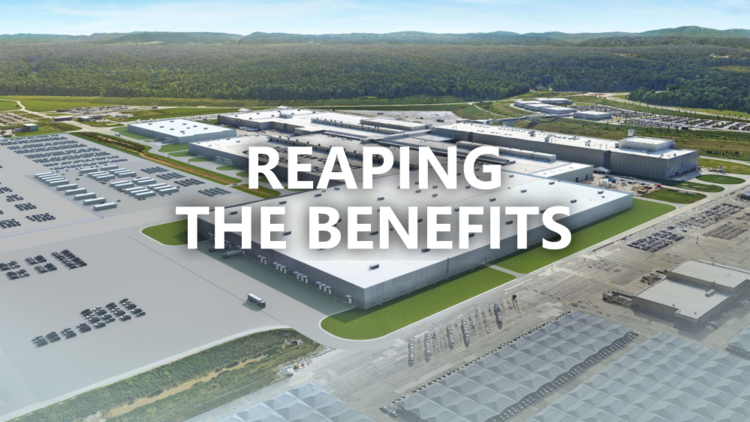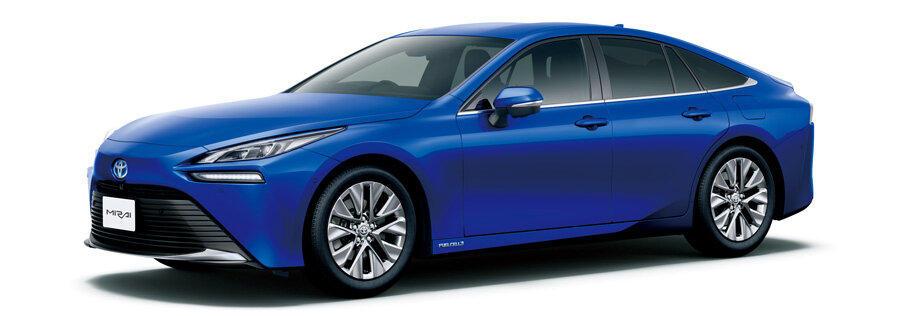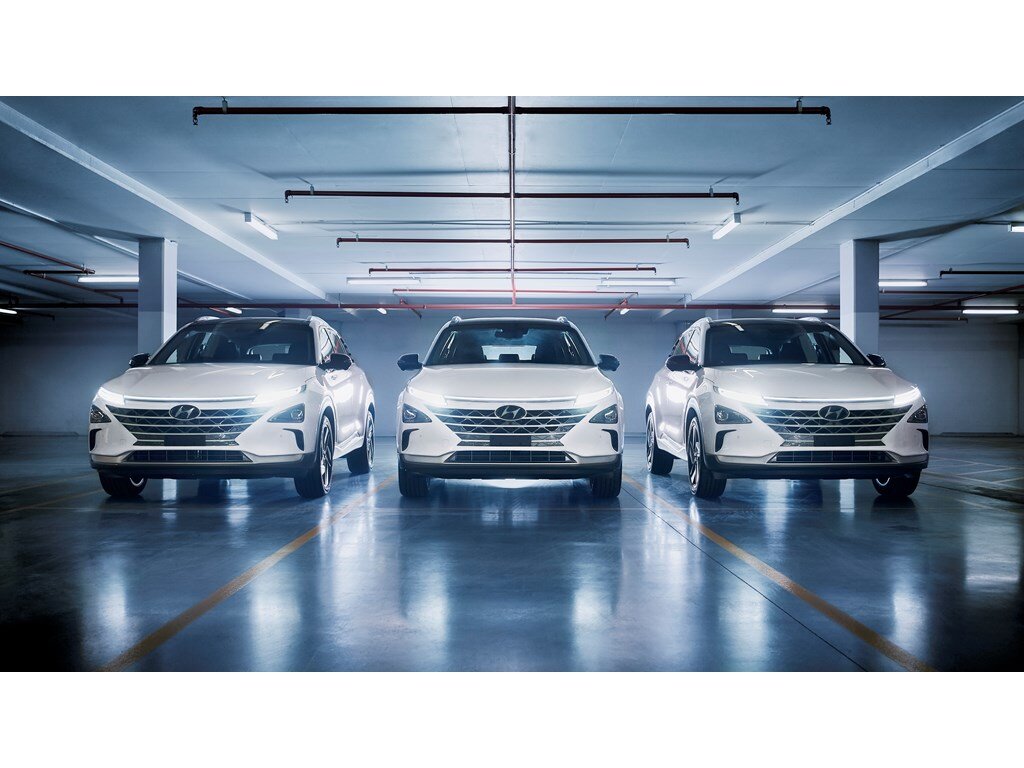Just a decade ago, the race to replace combustion-fuelled cars was a dead-heat between battery electric vehicles (BEVs) and hydrogen fuel cell electric vehicles (FCEVs). Fast forward to 2021 and hydrogen has dropped right off the sustainable transport radar.
Tesla are valued higher than the world’s ten biggest automakers combined; billions are being invested by governments in BEV fleets and public chargers; hydrogen fuel stations are sparse or nonexistent. So is it over for the hydrogen car?
Not quite. While most automakers have gone all-in on batteries for their electric ambitions, a handful are still investing in hydrogen. Likewise, several governments, including Australia, have maintained an active interest in fostering hydrogen as an alternative or complement to BEV technology. And they’re not crazy to be doing it.
Who’s investing in EV tech?
Passenger FCEVs: a drip, not a flood
As the stable of available BEVs continues to grow, the collection of passenger FCEVs available for purchase remains limited. In Australia there aren’t any at all — at least not yet. Both Toyota and Hyundai, the two largest global automakers that remain committed to FCEV investment, have announced hydrogen vehicles for Australian release in 2021.
The Toyota Mirai, sold in Japan from 2015 and eventually the US and Europe, is due to arrive in Aus with its second generation debut. Toyota is claiming the new Mirai will exceed 600 kms to a tank of hydrogen — particularly handy given that Australia has only one active hydrogen fuel station.
The 2021 Toyota Mirai FCEV
Meanwhile, Hyundai are carrying the torch for hydrogen in South Korea. Their new FCEV, the Nexo, is the first certified for sale in Australia and is expected to be available from next year. And it’s already made a few sales. The QLD state government have committed to purchase five for their fleet (in addition to an existing stable of BEVs) as part of the sunshine state’s plan to foster a domestic hydrogen industry.
From QLD’s Minister for Energy, Renewables and Hydrogen, Mick de Brenni:
“This trial will accelerate our journey towards establishing Queensland as a renewable energy superpower. By demonstrating that lower emission technology is cost-effective, the Palaszczuk Government will lead the way in cleaner transport solutions while delivering value for money to taxpayers.”
And they aren’t the only Australians keeping a toe in the hydrogen pool. NSW company H2X have bold ambitions to revive Aussie car manufacturing with their own FCEV SUV dubbed ‘Snowy’, and to construct a number of hydrogen fuel stations for public and commercial use on the east coast.
Whether a home-grown FCEV car will make it onto Australian roads remains to be seen, but the plans for commercial hydrogen transport seem far sturdier at present. If current trends continue, heavy duty applications look set to save hydrogen transport from redundancy in the face of battery electric advancement.
The upcoming Hyundai Nexo FCEV
Roadblocks to a hydrogen future
Hydrogen is incredibly inefficient to produce. Where electricity can be charged directly into a BEV battery at 80-90% efficiency, making them much cheaper to run than combustion vehicles, producing and transporting the equivalent amount of hydrogen lands at around 38% efficiency.
Put simply, the laws of science make it prohibitively expensive and inefficient to produce hydrogen and use it for most transport applications. In addition, if that hydrogen isn’t made using 100% renewables, it’s likely to emit as much or more greenhouse gas than a combustion car. Not a great start for ostensibly ‘sustainable’ transport.
Nonetheless, hydrogen has one key advantage over battery electric that makes it useful — it’s significantly lighter. EV batteries account for a large portion of their vehicles’ weight. The Tesla Model S has a battery weighing 540 kgs (25% of the 2100 kg curb weight).
This isn’t enough to offset the efficiency benefits of the BEV format, but it does pose a problem for larger vehicle applications — particularly trucks and buses that already weigh significant amounts (reducing their efficiency) and can’t always afford the lengthy charge-times demanded of the batteries needed to run them.
Commercial hydrogen
And that’s where hydrogen wins. Commercial-scale vehicles can fill a hydrogen tank in minutes, allowing them to stay on the road (and therefore making money) for much longer. Hydrogen tanks are also significantly lighter than batteries. Weight savings between BEV and FCEV can total in the tonnes for the largest trucks and industrial vehicles.
Likewise, the predictable driving schedules of commercial vehicles enable them to rely exclusively on a small number of refuelling stations — neatly bypassing the chicken-and-egg dilemma of fuel station development that has held back passenger vehicle FCEV adoption.
Hydrogen buses can be found serving public transport routes around the world, and their spread into Australia is already well underway. Bus company Transit Systems have announced 100 hydrogen buses will be rolled out for Australian public transport from this year.
SeaLink Travel Group (a subsidiary of Transit Systems) CEO Clint Feuerherdtof told Government News in 2020:
“We see a future moving towards zero emission public transport. We’ve been running hydrogen buses in London since 2013 […] Our mission in Australia is to do this on a much larger scale, and also to create a pure zero emission delivery of public transport.”
Add a few renewable-powered hydrogen bus depots, and it’s easy to see how this technology could find a sustainable, productive and cost-effective home in the public transport ecosystem. The same could be said for commercial trucking, where range is key and time lost to charging might be more expensive than the efficiency deficit of hydrogen.
But BEVs, too, have some extremely promising commercial applications. The battery electric eDumper made headlines for its ingenious use of regenerative braking on a Swiss minesite. Using battery power on its way up a mountain and regenerative braking on the way down, the world’s largest EV reportedly costs only $4 per trip.
EV tech is coming to an industry near you
Ultimately, whether the handful of FCEVs make a foothold in the passenger vehicle market or not, hydrogen appears relatively stable in commercial applications and is unlikely to disappear anytime soon.
For more on EVs of all kinds, check out the other articles on the JET Charge journal and our suite of online resources for all things EV charging.





